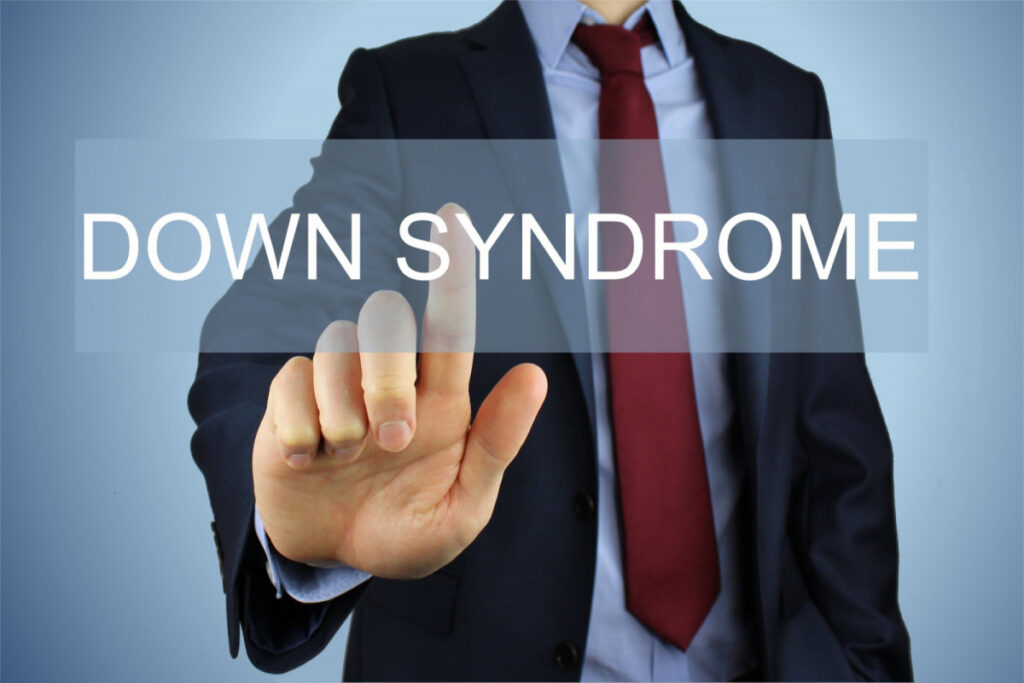Introduction
One of the beautiful creations of God is the human body. Every human being looks different in terms of colors, shapes, and sizes. The genome of every human being is also 99.99 percent similar. However, a mere 0.01 percent difference makes every individual unique from others. At the DNA level, some genetic variations are so subtle to be noticeable, but there are others that are substantial enough to alter the way the body grows and develops. This article discusses the Down syndrome (also known as Mongolian Idiocy or Mongolism) — an autosomal genetic disorder that is caused due to the presence of an extra 21 chromosome (Trisomy) in the somatic cell. This genetic disorder was first described by Langdon Down in 1886.

Where does the Extra Chromosome Come From?
The chromosome is a tightly coiled structure that houses both DNA and proteins. Each cell in the human body contains 23 pairs of chromosomes. These chromosomes play a crucial role in determining the developmental blueprint of a body before birth. Similar to their parents, a newborn baby also possesses 23 pairs of chromosomes, totaling 46 chromosomes. Out of these 46 chromosomes, 23 are inherited from the father, while the other 23 come from the mother.

Each parent through the process of meiosis, contributes 23 chromosomes in a sperm or an egg. During fertilization, when the sperm and egg cell combine, they create a fertilized cell, called zygote that contains 46 chromosomes. zygote undergoes several mitotic divisions and complex processes to form a new baby.

What Happens in Down Syndrome?
Down syndrome is a case of autosomal aneuploidy, caused by the presence of an extra chromosome number 21. Both the chromosomes of the pair 21 pass into a single egg due to non-disjunction during oogenesis or spermatogenesis. In case of oogenesis, the egg possess 24 chromosomes instead of the normal 23 chromosomes and thus the offspring possess 47 chromosomes (45 + XY in male, 45 + XX in female) instead of the normal 46 chromosomes. Similarly, in case of spermatogenesis, the sperm would contain 24 chromosomes instead of 23 chromosomes (45 + XY in males; 45 + XX in females).
Trisomy 21
It occurs due to non-disjunction of chromosomes. Non-disjunction is the inability of homologous chromosomes at meiosis or sister chromatids at mitosis to separate equally in opposite poles. To understand the process of non-disjunction, let’s take an example of a cell with 2N = 4 chromosomes. First, let’s see what happens during the normal meiosis process.

In the above diagram, a normal cell is having 4 pairs of chromosomes. During meiosis I, the two homologous chromosomes would enter in cell and the other two homologous chromosomes would enter in another cell. It means, there is an equal separation of homologous chromosomes. The next step, meiosis II will have 4 daughter cells, each with 2 chromatids. So, in normal meiosis, 2N = 4 in the parental cell gave rise to 4 daugter cells with N = 2 chromatids in each daughter cells. However, in case of trisomy, error occurs at meiosis I and that leads to unequal movement of homologous chromosomes to the cell.

In the diagram given above, three pairs of chromosomes move in one cell and only one pair of chromosome move in the other cell. Due to error in meiosis I, the meiosis II process occurs normally, but the 4 daughter cells possess N+1 and N-1 chromosomes (2 duaghter cells with N+1 and two daughter cells with N -1) chromosomes.

In the above diagram, the egg contains 24 chromosomes, instead of 23 chromosomes and sperm contains normal 23 chromosomes. After fertilization, the zygote contains 47 chromosomes, instead of the normal 46 chromosomes. This extra 21 chromosome leads to Down syndrome.
What are the Symptoms of Down Syndrome?
- Rounded face, broad forehead
- Permanently open mouth with protruding tongue
- Projecting lower lip and short neck
- Flat hands and stubby (small) fingers
- Many loops on fingertips
- Broad palm with characteristic palm crease, which runs all the way across the palm and mongolian type eylid fold
- Gonads and genitalia are undeveloped
- Congenital heart disease
How Common is Down Syndrome?
It affects 1 in 750 babies at birth, but over half of fetuses suffering from this syndrome spontaneously abort (miscarry). Non-disjunction is more common in women, and the frequency of this disorder increases with the mother’s age.
How is Down Syndrome Treated?
There is no specific treatment available for Down syndrome, as every person with this disorder has specific strengths and needs. Typically, children with Down syndrome are looked after by a team of doctors, psychologists, and therapists. Children with Down syndrome receive early learning therapy to assist them with hearing and learning problems. Additionally, physical therapy is provided to help improve their muscle control and coordination.

